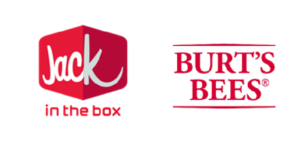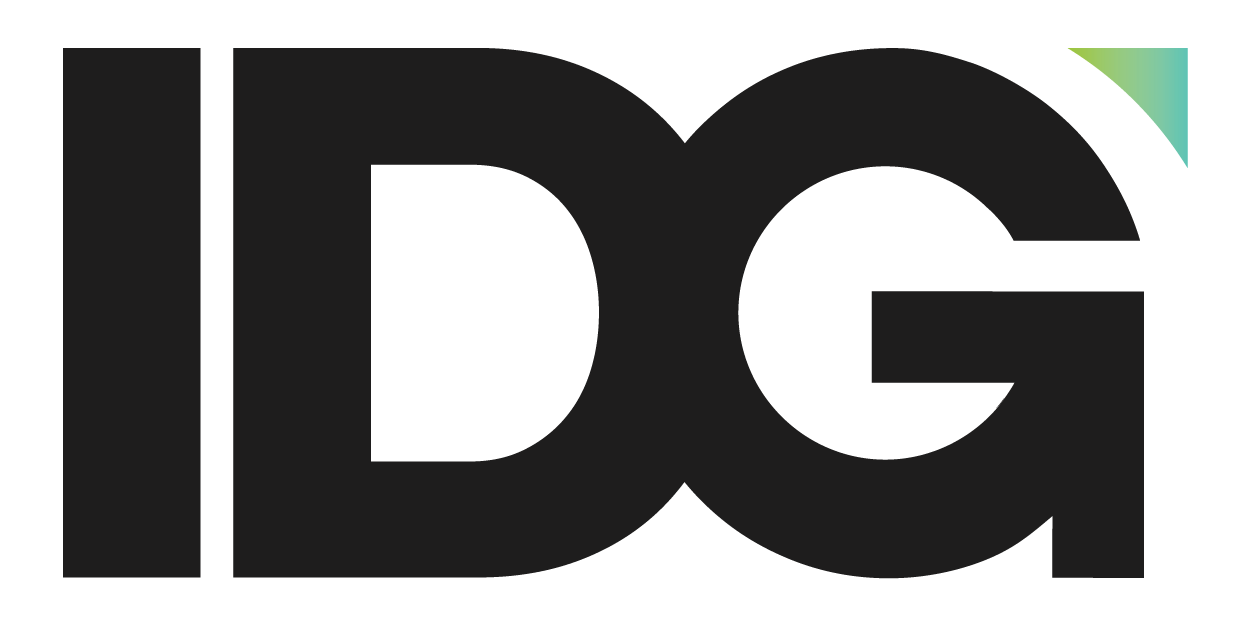he longer business people like us do business the more we know that “Brand” is very important. And the stability of most businesses, companies, and organizations depend on the strength of the Brand and other types of Intangible Assets that help improve it. Every starting point for creating a Brand begins with its “name”. But it’s also true that brand builders like to say “Brand Name” or “Logo” is just a small part of the whole “Brand”.
But “Brand Name” is the thing that will stay with our organization for the Longest. It will stay longer than those of the strategies, products and services that we have created. Therefore, investing time in creating a lasting brand name, should be one of the most important activities for business owners. Don’t you agree?
If you all agree why do I still notice legal issues regarding brand names on a regular basis? Or maybe most of us name the brand as our personal preference because the name may have special meaning for us, trendy, easy to remember, consumers can quickly understand the brand, communicate the image that we want our brand to be, obtained from fortune telling, and etc. But in the end, naming the brand as aforesaid reasons may cause problems to many brand owners.
Especially the legal problems that cause us to lose the opportunity, lose income, or sometimes even lose our business. So I would like to take this opportunity to explain the 4 danger signs of the “Brand Name” that most experts don’t want to tell you but you need to know.
The “Brand Name” or “Name” that you wish to request for protection must not be identical or similar to the trademarks that other persons have already registered. Especially if it has the same or similar goods/services because it will cause consumers confused and misled and this may damage the brand. The mark owners will be able to enforce their rights and prosecute us if we don’t change our brand name to something different. I have met brand owners that are forced by law to “Rebrand” which wasting time and money and lost millions THB!! The rebrand requires the change in both online and offline platform of product labels, marketing materials, packaging, www. and other brand touch points.
But if the brand name that we want to use is in a different class and consist of a different list of goods/services that is not related to other registered trademarks, for example, if someone registered the word “Pow” with a list of goods related to soaps, lotions, and shampoos (class 3 only) but we have the same or similar brand name as “Pow” but there are clearly different designs and want to register the designated goods of luggage (Class 18), we also have the opportunity for our brand name to be registered as well. However, the scope of protection will be within the country where we have filed a trademark registration only. The protection cannot be extended to other countries where we have not registered trademarks. Therefore, if we want to protect our brand in Europe what should we do?
2. Your brand name is not distinctive enough
“Specific” or “Distinctiveness” means to make the mark that would like to get a registration to be unique and not directly convey to characters or quality of that goods or services. For example, the invention of a new word that has no meaning according to the dictionary. There are many different “Stage” or “Level” of distinctiveness as shown in the following figure:

If your brand name is an inventing word that has no direct meaning in the dictionary, not a well-known slang or new term, it may be considered as a Fanciful Mark such as Google, IKEA, UNIQLO and etc. In which these names are all inventing words or creative words that are considered highly distinctive and the most suitable for registering as trademarks.
The next inferior level is Arbitrary Mark, which is a general word and can be found in the dictionary. But it can be used in a different context, such as ‘Pomelo’ name use as online fashion brands, ‘Camel’ name use as cigarette brands and etc. Which they were considered fairly distinctive and can also be registered as trademarks.
But for the Suggestive Mark, that naming mark by implying to a brand name or give a hint of something about that brand without directly communicating about the goods or services such as ‘Salesforce’ name use as CRM software or ‘Mansome’ name use as healthy drinks for men and etc. They may be distinctive in some cases but you should avoid using them as mark names if possible. Because the trademark registrars often not consider that it does not has enough distinctiveness.
The most dangerous and should be avoided for brand names are Descriptive & Generic Marks which cannot be registered to receive protection because it directly describes the characteristics or qualities of the goods or services such as ‘The Pizzaria’ name as a name of pizza shops or ‘Thai Snacks’ name as Thai dessert brands and etc. But how do we get our regular brand name to be registered?
3. Your brand name exaggerates or refers to false benefits, qualities, or characteristics
“Premium”, “Organic”, “Low Cal” and many more words that are used as a logo, brand name or to promote your brand. It may cause you problems with the Food and Drug Administration (FDA). Especially if that product is not what it was declared. For example, using the term “Low Calorie” or “Low Energy”, even though the FDA has announced that it is prohibited to exceed 40 kilocalories but the referenced product has 200 kilocalories of energy per serving.
And regular issues from using the word “Organic”. Due to organic products becoming more popular nowadays, but using the word “Organic” or using similar words such as “Oganiq” can cause a problem if the entrepreneurs do not have the certification of organic products from the National Bureau of Agricultural Commodity and Food Standards (ACFS) or foreign private organizations that are certified by the International Federation of Organic Agriculture Movements (IFOAM).
We also see a trend in the production of cosmetics or supplements that their names imply to medical qualifications. For example, use the word “Therapeutic” or “Pharma” or “Medic” and etc. to involve in the product, even if not registered as “Pharmaceutical products” with the FDA. Now the word “white face” also forbidden to use as part of the cosmetic brand name by the FDA as well.
Therefore, what I would suggest is, if your product is required to apply for registration with the FDA, you should consult with officers of the FDA or experts about your brand name before submit it as a trademark. Because sometimes even the brand name can be registered through the Department of Intellectual Property (DIP), it’s not mean that it could possibly be registered by the FDA. There are many people wasting time to “Rebrand” because of this matter.
4. Your brand name is already prohibited by law or contrary to the culture and morals of the country
Prohibited symbols such as “national flag”, “official symbol”, “religious symbol”, “province name” and “geographic source” and other symbols held by the government. Including “words or symbols that are obscene and pornographic” must be excluded from your logo or your brand name. And you must avoid using colors or shapes that resemble or indicate a prohibited symbol, for example, the color tone of the Thai flag or an image of the head of the Buddha in the logo, and etc. This problem is probably the most obvious of all 4 cases, but I have to constantly emphasize with customers.
I know that the cautionary may make brand owners like us be more aware, but it is important to help it transform into actionable steps. Therefore, I would like to propose my EFFACTTM Checklist that use to check the “brand name” > 1,000 brands which can help you convert the “illegal name” into “legitimate name” as follows:
- Exaggerated word exclusion: is to cut off the words that directly, reference, overpraise, or boast about the benefits, quality, or properties of the goods or services. Because we know that these words “Premium”, “Excellent”, “Best”, “Beauty”, and etc. cannot be registered as trademarks. And they may not be able to be used in products registered with the FDA as well.
- Forbidden mark exclusion: is to cut off the words or symbols that are prohibited by law or may be contrary to religion, morality or tradition in that country. Those words or symbols may be prohibited or conveyed in an inappropriate way. Obviously, you have to check the meaning of the “brand name” that you will use in every country that you are going to do business. For example, the word ‘KKK’ definitely should not be used in the United States.
- Fanciful mark creation: is the invention of a brand name that ‘doesn’t have in the dictionary’. In the event that your brand name is not distinctive or having legal problems or simply need to ‘Rebrand’. If it doesn’t affect your business too much, this will make the brand name stand out, memorable, long-lasting and also increasing the chances of obtaining protection from overseas.
- Abbreviation mark conversion: is to convert descriptive & generic marks into acronyms and include the design of that acronym as well. You should be cautious that the word “design” such as ‘I Love New York’ campaign or ‘Air Bed & Breakfast’s’ global start-up company, without using the fonts that already available in Microsoft Office or general free fonts. This is one of the conditions of the DIP for considering the registration of such trademarks.

Common mark rearrangement: is to change the position or make the descriptive & generic marks into a different new word form, for example, change from ‘Jack’s’ into ‘Jack In The Box’ or ‘Burt’s’ into ‘Burt’s Bees’ and etc.

Trademark clearance search: is a very important step because to perform a trademark search to check the possibility of applying for protection including freedom in doing business. This must be done in every country where you will be using the brand. It’s not that you create highly distinctive ‘Fanciful Mark’ or ‘Arbitrary Mark’ that are not directly related to the goods you sell and it will easily be able to get protection. Because your brand name may be similar to other people trademarks that already registered. Therefore, creating a brand name is one of the important strategies that need to be thoughtfully and systematically planned in the “Global” level so I would suggest you to seek professional help at the beginning.
I advise you to try using the EFFACT™ Checklist for the benefit of creating a “Brand name”, “Logo”, or “Brand” that will make your business encounter less legal issues and become more successful in every country that you will do business. Or if you want to understand the branding process by having an expert to help guide, inspect and develop strategically, IDG is ready to support you by our team of lawyers and professional designers who have experience in designing and protecting more than 4,000 brands all over the world.

